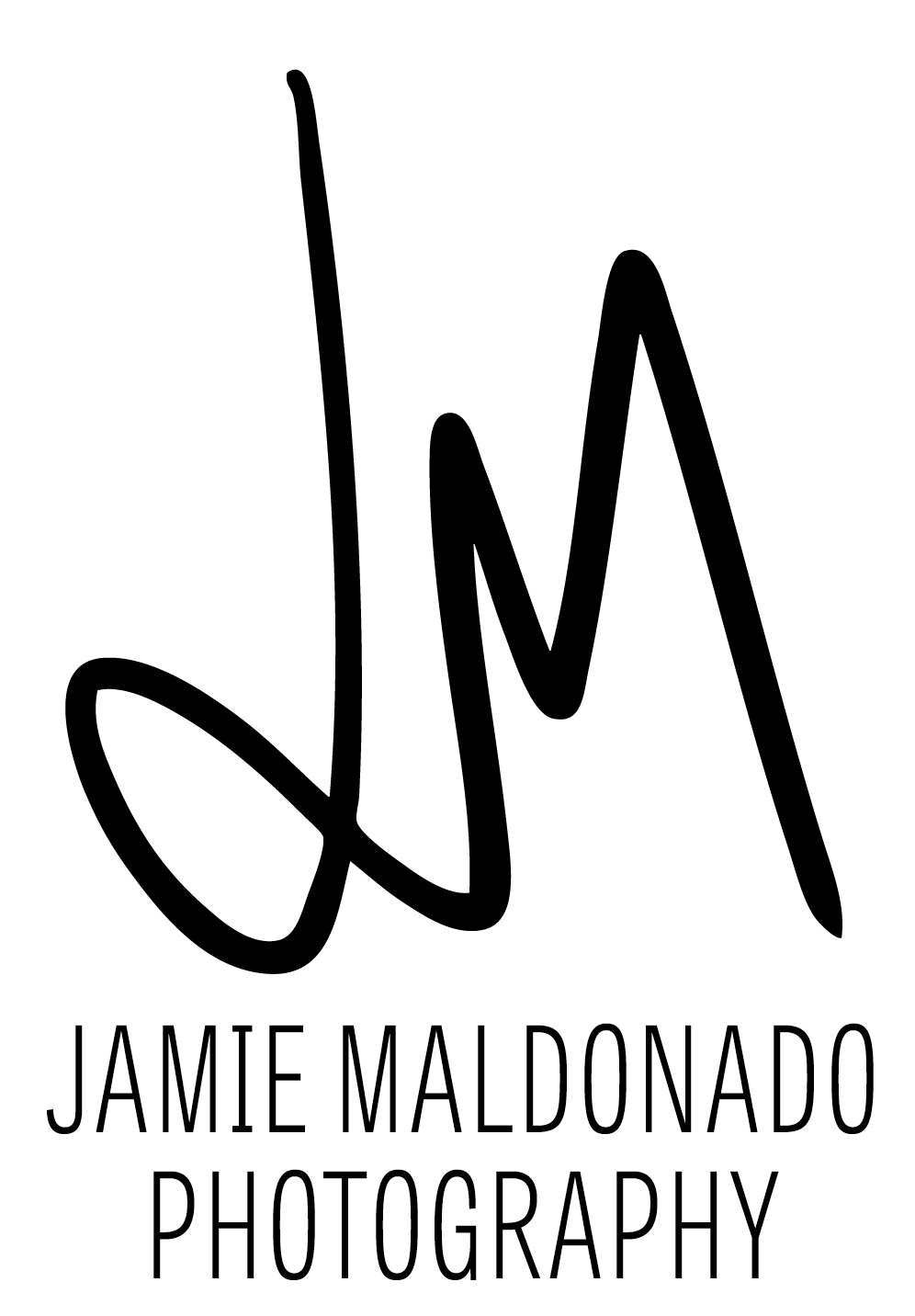UPDATE (7-9-18): Check out my vlog, which will feature a long-awaited update and addition to this video!. www.youtube.com/c/jamiemaldonado
It's unscripted on my behalf, and I really should attach this to an exhaustive post, but this is so long overdue I just want to get it out there for everyone who has been so patient. I hope it answers any questions! I'll be adding lots of notes to the video as I go, so keep checking and feel free to make suggestions and ask questions.
BIG thanks to Ariel Rawlings for helping get the video finished and out there at last.
Happy viewing, I hope!
P.S. Please note that I added a note to use a self timer if you forget your release cable like I did. Also, the longer your self timer is set for, the less vibration will show up. Mirror vibration at 1/15 or 1/20 of second shouldn't be too terrible as far as I can tell. Of course, the best solution is to not forget your release cable ...











